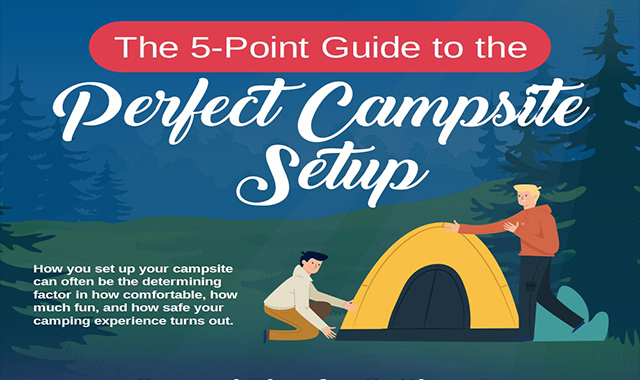How To Maintain And Replace A Stove Jack
Winter Months Camping - Guy Line Anchors in SnowWinter months camping is a fun and daring experience, yet it needs proper gear to ensure you remain cozy. You'll require a close-fitting base layer to trap your body heat, together with a shielding coat and a water-proof shell.
You'll also need snow risks (or deadman supports) hidden in the snow. These can be connected utilizing Bob's smart knot or a regular taut-line hitch.
Pitch Your Tent
Winter months outdoor camping can be an enjoyable and adventurous experience. However, it is important to have the correct equipment and understand how to pitch your tent in snow. This will certainly stop chilly injuries like frostbite and hypothermia. It is also important to consume well and stay hydrated.
When setting up camp, make sure to select a site that is sheltered from the wind and devoid of avalanche risk. It is also an excellent concept to pack down the location around your camping tent, as this will help in reducing sinking from temperature.
Before you established your camping tent, dig pits with the same dimension as each of the support points (groundsheet rings and individual lines) in the center of the tent. Fill up these pits with sand, rocks and even things sacks loaded with snow to portable and safeguard the ground. You might also want to consider a dead-man anchor, which involves tying camping tent lines to sticks of wood that are buried in the snow.
Pack Down the Area Around Your Camping tent
Although not a requirement in many areas, snow stakes (also called deadman anchors) are an outstanding addition to your camping tent pitching set when outdoor camping in deep or pressed snow. They are basically sticks that are made to be hidden in the snow, where they will ice up and create a solid anchor factor. For finest results, make use of a clover hitch knot on the top of the stick and hide it in a few inches of snow or sand.
Establish Your Camping tent
If you're camping in snow, it is a good concept to utilize a tent designed for wintertime backpacking. 3-season camping tents function fine if you are making camp listed below tree zone and not expecting specifically severe weather, however 4-season tents have tougher poles and textiles and provide even more security from wind and hefty snowfall.
Make sure to bring adequate insulation for your resting bag and a warm, dry blow up mat to sleep on. Blow up mats are much warmer than foam and assistance prevent chilly spots in your camping tent. You can additionally add an added mat for sitting or food preparation.
It's also an excellent idea to set up your outdoor tents close to an all-natural wind block, such as a team of trees. This will make your camp a lot more comfortable. If you can't locate a windbreak, you can create your very own by excavating holes and burying things, such as rocks, tent risks, or "dead man" supports (old tent person lines) with a shovel.
Restrain Your Tent
Snow stakes aren't essential if you use the ideal strategies to anchor your camping tent. Hidden sticks (maybe gathered on your technique walk) and ski poles work well, as does some variation of a "deadman" hidden in the snow. (The idea is to produce a support that is so solid you won't be able to draw it up, despite having a lot of effort.) Some makers make specialized dead-man supports, but I choose the simpleness of a taut-line drawback tied to a stick and then hidden in the snow.
Recognize the surface around your camp, especially if there is avalanche risk. A branch that falls on your camping tent can harm it or, at worst, injure you. Likewise watch out for pitching sleeping bag your outdoor tents on an incline, which can trap wind and result in collapse. A sheltered location with a reduced ridge or hillside is better than a steep gully.
